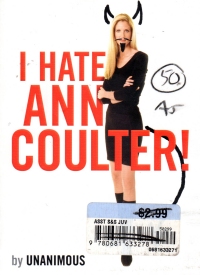 What a mean-spirited, insipid little book this is.
What a mean-spirited, insipid little book this is.
Of course, with a title like I Hate Ann Coulter!, what would I expect? Probably something akin to Rush Limbaugh Is A Big, Fat Idiot by Al Franken, which is also floating around on the shelves somewhere here.
I’ve not been a fan of Coulter. The only book of hers I’ve reviewed here was Godless, although I might have read one of her earlier books before this blog–although it’s hard to imagine any life before this blog. I know she was kind of popular with the early blogosphere, but I don’t think I’ve seen anything linking to her in quite some time. Her books are quite incendiary, with a bunch of name calling and near-nastiness that’s supposed to be humorous as she makes her points.
But that differs from this book, where nastiness is the point, and the author or authors do nothing but lay into Coulter’s looks and whatnot. They insinuate she’s a man. You know, the kind of thing that in the year 2018 would be doubleplus ungoodthink, but only if not targeted to Ann Coulter, apparently.
The times when they bother to attack her credibility as a commentator, they mock Coulter’s points that time has borne out. Such as:
Ann makes the wonderfully deranged contention in Godless that a liberal, when questioned, “might turn violent–much like the practicioners of Islam, the Religion of Peace, who ransacked Danish embassies worldwide because a Danish newspaper published cartoons of Mohammed.”
Well, we’ve seen an uptick in political violence from the left in the intervening years, ainna?
Or the stunning ignorance on offhanded display, such as an assertion in a quiz to see if you’re like Ann:
6. Does it bother you as a Christian that Jesus never kicked anyone’s ass?
Seriously, kids? Have you never heard this story?
The Passover of the Jews was near, and Jesus went up to Jerusalem. In the temple he found people selling cattle, sheep, and doves, and the money changers seated at their tables. Making a whip of cords, he drove all of them out of the temple, both the sheep and the cattle. He also poured out the coins of the money changers and overturned their tables. He told those who were selling the doves, “Take these things out of here! Stop making my Father’s house a marketplace!”
You’re refuting Coulter’s point about liberals being, well, Godless by demonstrating a relatively common story from the Bible.
My goodness, I cannot believe I read this. Well, no, I can. I read anything, and this little stroll through the gutter did not take me very long, fortunately, and my book count this year needs some padding.
I would recommend you not bother. Go visit Twitter if this is your thing. No doubt the author(s) of this book have a sweet feed somewhere over there where they DESTROY and OWN conservative commentators all day long.



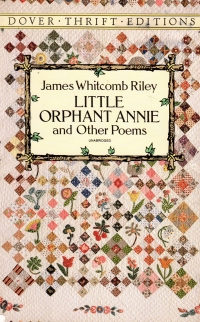 It took me a couple tries to get through this book. A couple years ago, I stuck it in my gym bag as my carry book, and I read it at the martial arts school before class. I even read the first poem, “Little Orphant Annie”, to my children, and they were interested in the Gobble-uns at gits you eff you don’t watch out.
It took me a couple tries to get through this book. A couple years ago, I stuck it in my gym bag as my carry book, and I read it at the martial arts school before class. I even read the first poem, “Little Orphant Annie”, to my children, and they were interested in the Gobble-uns at gits you eff you don’t watch out.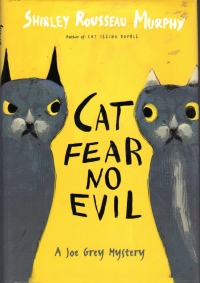 I read an earlier fantasy novel (
I read an earlier fantasy novel (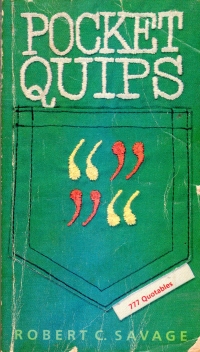 This book is a small collection of quips, anecdotes, and aphorisms collected by a pastor, presumably for sprinking in sermons and whatnot. As such, it’s chock full of faith-based meditations, brief meditations, on grace, hope, love, and morality, but it also has some secular bits, too. It’s not
This book is a small collection of quips, anecdotes, and aphorisms collected by a pastor, presumably for sprinking in sermons and whatnot. As such, it’s chock full of faith-based meditations, brief meditations, on grace, hope, love, and morality, but it also has some secular bits, too. It’s not 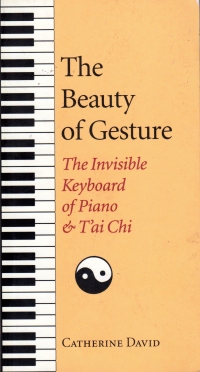 The subtitle of this book is The Invisible Keyboard of Piano and T’ai Chi, and it’s a mindful meditation on, well, being mindful. The author is an expert pianist and long time t’ai chi practitioner who explains the subtleties in each that one gains through experience and through focusing very hard on every aspect of each action involved in either. Or in everything we do. Then we can improve upon the subtleties to get closer to impossible perfection in music or kata.
The subtitle of this book is The Invisible Keyboard of Piano and T’ai Chi, and it’s a mindful meditation on, well, being mindful. The author is an expert pianist and long time t’ai chi practitioner who explains the subtleties in each that one gains through experience and through focusing very hard on every aspect of each action involved in either. Or in everything we do. Then we can improve upon the subtleties to get closer to impossible perfection in music or kata.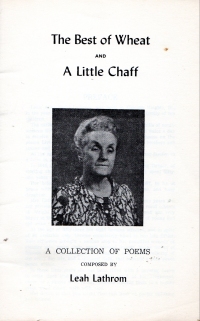
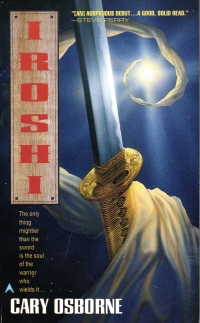 I bought this book
I bought this book 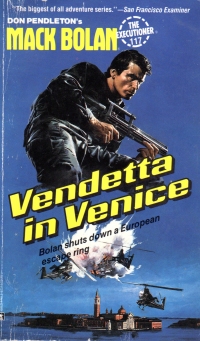 I decided to break up the serious reading with my first Mack Bolan book of the year. It’s been almost six months since
I decided to break up the serious reading with my first Mack Bolan book of the year. It’s been almost six months since 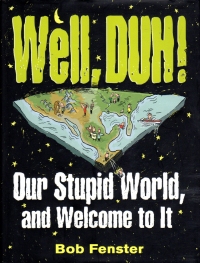 I read this Internet listicle of a book while sitting in various bleachers while my child or children practiced basketball. This has proven to be my most focused reading time of late, which is why I’ve not yet read twenty books this year, and given the locale, it’s not suited for particularly heavy reading. So Internet listicles in print fills that “I want to be reading something, but now I’m distracted” void.
I read this Internet listicle of a book while sitting in various bleachers while my child or children practiced basketball. This has proven to be my most focused reading time of late, which is why I’ve not yet read twenty books this year, and given the locale, it’s not suited for particularly heavy reading. So Internet listicles in print fills that “I want to be reading something, but now I’m distracted” void.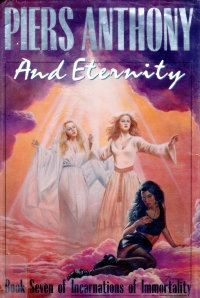 In my book report on
In my book report on 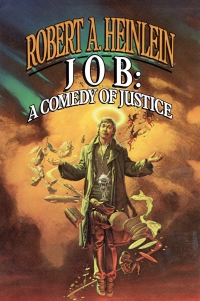 This is a later Heinlein novel. Published in 1984, it has a heft to it that the earlier rocket jockey stuff had, but it’s a bit boggy and ends less than well from my perspective.
This is a later Heinlein novel. Published in 1984, it has a heft to it that the earlier rocket jockey stuff had, but it’s a bit boggy and ends less than well from my perspective.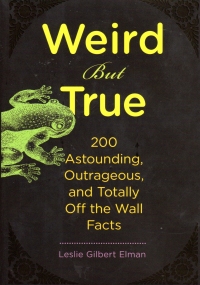 More interesting than the book itself is the way I ended up with it. I took my children to Barnes and Noble last week, as I was looking for a guided journal full of writing prompts to get me writing longer things again, and as a treat, I told them they could each spend $7. Which is enough for a magazine, but probably not enough for a great big Lego book with collectible mini figure or picture encyclopedia a la
More interesting than the book itself is the way I ended up with it. I took my children to Barnes and Noble last week, as I was looking for a guided journal full of writing prompts to get me writing longer things again, and as a treat, I told them they could each spend $7. Which is enough for a magazine, but probably not enough for a great big Lego book with collectible mini figure or picture encyclopedia a la  I grabbed this from the free cart at church
I grabbed this from the free cart at church 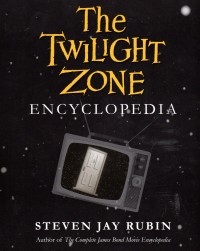 I bought this book when I saw a conservative blog I read (I forget which, but I hope it’s not the hoity-toity Ace of Spades HQ Sunday Morning Book Thread since OregonMuse posts my books) mention it and say that it was anti-Trump or something. To be honest, it’s not particularly anti-Trump: It does not mention him by name, which is refreshing in a book you’ve been told is a sucker punch hit job. It does say that The Twilight Zone told uncomfortable truths/stories (which is kind of like the Resistance, amiwrong?), but you see that sort of thing in a lot of books touting shows, both current and historical. A couple of entries have phrases of dubious provenance but that are clearly meant to refer to These Dark Times, such as mentioning jackboots returning in the 21st century and whatnot. But overall, not something that Michael Moore or–what’s that guy that was a “comedian” and then “Senator” from the state that elected that wrestler who wore feathers as governor?–would have written.
I bought this book when I saw a conservative blog I read (I forget which, but I hope it’s not the hoity-toity Ace of Spades HQ Sunday Morning Book Thread since OregonMuse posts my books) mention it and say that it was anti-Trump or something. To be honest, it’s not particularly anti-Trump: It does not mention him by name, which is refreshing in a book you’ve been told is a sucker punch hit job. It does say that The Twilight Zone told uncomfortable truths/stories (which is kind of like the Resistance, amiwrong?), but you see that sort of thing in a lot of books touting shows, both current and historical. A couple of entries have phrases of dubious provenance but that are clearly meant to refer to These Dark Times, such as mentioning jackboots returning in the 21st century and whatnot. But overall, not something that Michael Moore or–what’s that guy that was a “comedian” and then “Senator” from the state that elected that wrestler who wore feathers as governor?–would have written.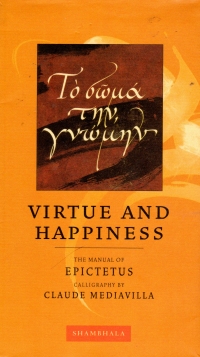 As you might recall, gentle reader, I bought this book at ABC Books last month because
As you might recall, gentle reader, I bought this book at ABC Books last month because 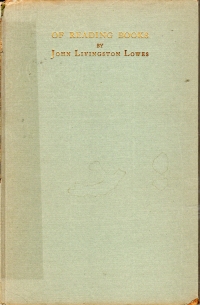 Wow, Brian J., you might ask. Didn’t you used to read books? I know I ask myself that question frequently. But my reading time was curtailed the first quarter of this year. First, I didn’t have a lot of time to read a small “carry” book that I took out with me to various locations where I’d have a half hour or hour to kill. I’ve not been going to martial arts classes enough this year so far, and when I do, it’s been on days where I’ve not had to get there for my children’s classes, where I would wait for mine to begin thirty or forty five minutes later. And instead of sitting on a bench in church on Sunday mornings during the Sunday School hour, I’ve been schlepping my laptop to a local coffee shop to try to bang out the beginnings of a novel. Also, as you might recall, I’ve been working my way through some
Wow, Brian J., you might ask. Didn’t you used to read books? I know I ask myself that question frequently. But my reading time was curtailed the first quarter of this year. First, I didn’t have a lot of time to read a small “carry” book that I took out with me to various locations where I’d have a half hour or hour to kill. I’ve not been going to martial arts classes enough this year so far, and when I do, it’s been on days where I’ve not had to get there for my children’s classes, where I would wait for mine to begin thirty or forty five minutes later. And instead of sitting on a bench in church on Sunday mornings during the Sunday School hour, I’ve been schlepping my laptop to a local coffee shop to try to bang out the beginnings of a novel. Also, as you might recall, I’ve been working my way through some 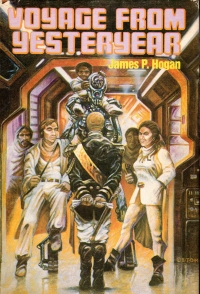 As you might recall, gentle reader, I am a pretty big fan of James P. Hogan (see also the reviews for
As you might recall, gentle reader, I am a pretty big fan of James P. Hogan (see also the reviews for 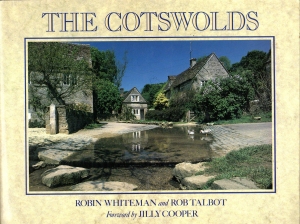 Like the book on
Like the book on 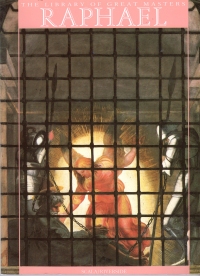 As you know, gentle reader, I sometimes like to page through books of poetry, art, or photography whil I watch a sporting event such as a football game or a baseball game, where I can browse a small chunk, watch a play, peruse a bit, watch a play, and then ingest a bit more during commercials. But, Brian J., you did not do that much this past football season! What gives? Well, gentle reader, this was not a good year for the Green Bay Packers, as you know, so I did not stick with football games for the full three hours. Also, some of the books I picked out had pretty high text-to-image ratios and required a bit more attention than I could muster during football games.
As you know, gentle reader, I sometimes like to page through books of poetry, art, or photography whil I watch a sporting event such as a football game or a baseball game, where I can browse a small chunk, watch a play, peruse a bit, watch a play, and then ingest a bit more during commercials. But, Brian J., you did not do that much this past football season! What gives? Well, gentle reader, this was not a good year for the Green Bay Packers, as you know, so I did not stick with football games for the full three hours. Also, some of the books I picked out had pretty high text-to-image ratios and required a bit more attention than I could muster during football games.